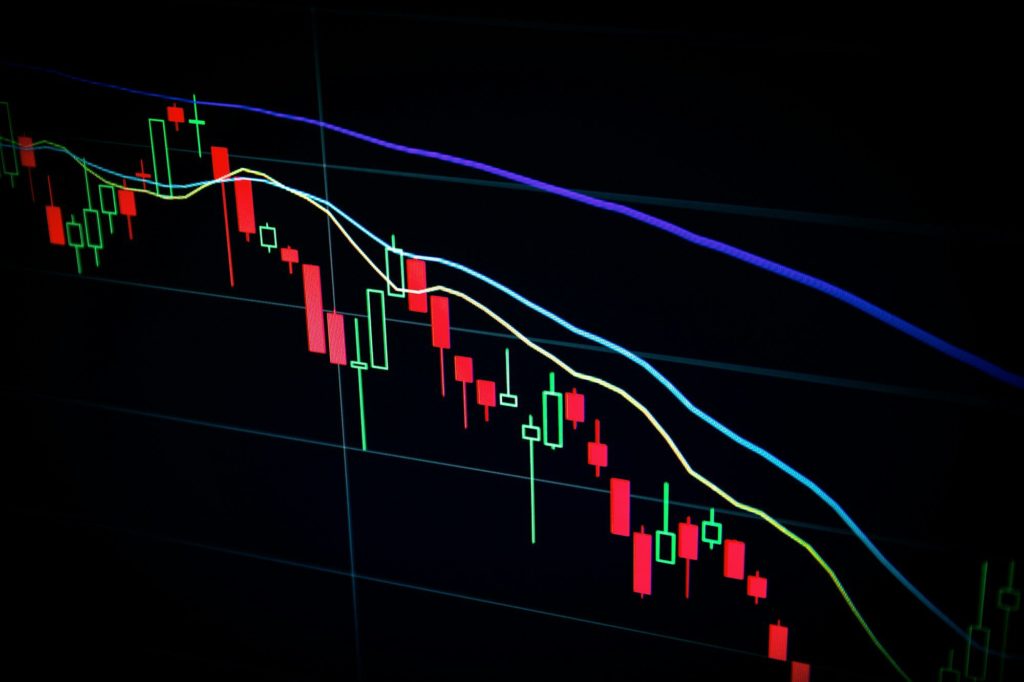U.S. stocks traded lower on Tuesday as political turmoil in Washington pushed the government closer to its first shutdown in seven years, while consumer sentiment fell to multi-month lows. The Dow Jones Industrial Average led the declines, falling 0.4%, while the S&P 500 slipped 0.3% and the Nasdaq Composite dropped by a similar margin.
Markets are bracing for the fallout of missed government data releases, as the Bureau of Labor Statistics would fully suspend operations in the event of a shutdown. Meanwhile, President Trump’s latest tariff wave added to pressure, hitting lumber, timber, and furniture after recent threats targeting drugs and foreign films.
Market Movers:
- Pfizer (PFE) rose nearly 5% after announcing a “historic” agreement with the White House to lower drug costs. As part of the deal, Pfizer will sell discounted medicines through a direct-to-consumer platform called TrumpRx, while also securing tariff exemptions in exchange for a commitment to return manufacturing to the U.S.
- Alphabet (GOOG, GOOGL) slipped about 1% even as the stock is pacing for its best quarter in two decades, up 35% since July 1. The Google parent company also settled a lawsuit with President Trump over the suspension of his YouTube account, agreeing to pay $24 million.
- Nvidia (NVDA) climbed more than 2% to a fresh intraday record above $186. The gain followed a Citi forecast that AI capital expenditures will total $2.8 trillion between 2025 and 2029, alongside news of Nvidia-backed CoreWeave striking a $14 billion deal with Meta.
- Robinhood (HOOD) advanced another 2% after a 12% surge on Monday, as CEO Vlad Tenev revealed its prediction markets have surpassed 4 billion contracts. The company also teased short-selling capabilities, broadening its pivot beyond retail trading into banking and fintech services.
- Nike (NKE) fell slightly ahead of earnings due after the bell. Investors are watching closely to see how the athletic giant is managing softer global demand and higher input costs.
Shutdown Standoff Raises Market Risks
Lawmakers face a midnight Wednesday deadline to fund the government, but talks between President Trump and congressional leaders ended without progress. Vice President JD Vance told reporters, “I think we’re headed to a shutdown,” echoing the 85% probability priced into prediction markets.
For Wall Street, the bigger risk lies in the absence of key data. A shutdown would halt the release of September’s jobs report, inflation readings, and other high-frequency indicators the Fed relies on to calibrate interest rate policy. Without those inputs, uncertainty around the Fed’s October meeting could grow, amplifying market volatility.
Consumer Confidence Hits a Low
Adding to the dampened tone, the Conference Board reported that its Consumer Confidence Index fell to 94.2 in September, the weakest reading since April. Americans expressed a sharply dimmer view of job availability, with the Present Situation Index logging its biggest one-month decline in a year.
Although inflation expectations eased slightly, worries about the labor market reigned. Analysts note the decline could weigh on retail spending as the holiday season approaches, compounding the impact of higher tariffs and ongoing uncertainty in Washington.
Trade Escalations Continue
President Trump broadened his tariff agenda late Monday by announcing new duties on lumber, timber, and furniture. This comes after last week’s proposed 100% levy on branded pharmaceuticals and his earlier move to impose tariffs on foreign films.
The rapid escalation has stoked fears of a wider trade shock at a time when global manufacturing remains weak. Data from China and Japan showed factory activity still contracting, suggesting global growth headwinds are building. For U.S. companies, rising input costs and disrupted supply chains could soon pressure margins, even as they navigate an already uneven demand backdrop.
Looking Ahead
With just hours left to avert a shutdown, investor focus will remain on Washington. If the government closes, markets will lose access to vital economic data at a pivotal time for Fed decision-making. Earnings reports, including Nike’s update tonight, will offer some direction, while AI-driven momentum in tech continues to cushion broader losses. Still, risks from trade policy, waning consumer confidence, and political gridlock keep investors on edge heading into the final quarter of the year.

